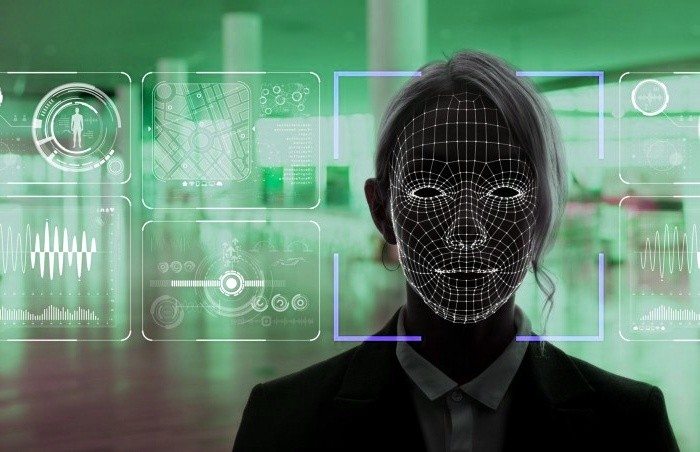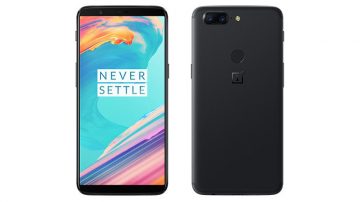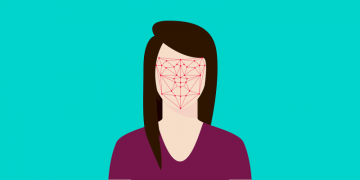Facial Recognition VS Authentication, and Can It Replace Passwords?

With the advancement of technology and the implementation of new features in all sorts of devices, the options available to users grow exponentially as well. Here we take a brief look at facial authentication, its applicability as a replacement for login passwords and the differences between facial recognition and facial authentication.
Due to the semantics of the two words, there is some confusion between what is termed 'facial recognition' and 'facial authentication'. We speak of facial recognition when a software algorithm is able to identify and verify a person based on facial features. Facial recognition is expensive in terms of data and is often used as an additional step in multi-factor verification processes. Facial recognition also depends on the resolution of the different image sources - attempting facial recognition on a person comparing a high-resolution photo to a low-resolution ID card picture may produce poor results. Additionally, dramatically different haircuts and wearing glasses, for example, can affect the outcome of the process.
Facial authentication on the other hand is defined as a type of bio-metric authentication that depends on certain unique characteristics of a person to verify their identity. While facial recognition does not require user consent, facial authentication needs permission and is considered a stronger fraud prevention and overall security measure. Another difference is that facial recognition compares the input to an existing set of imagery and finds the closest match, while facial authentication compares one-to-one, against a previously made 3D face map of the user. Sufficiently advanced facial authentication algorithms are also able to learn from each instance of the process being used to unlock a device.
Advantages of Using Facial Authentication
The reason why facial authentication is gaining more ground as a solid replacement for other methods is in part the fact that a lot of other multi-factor authentication methods can be spoofed. There are numerous benefits to using facial authentication over older methods. Those include better fraud detection, better experience for the user without the need for password memorization and full cross-platform compatibility, as any device with a camera can be used in the process. The fact that facial authentication is permission-based is another plus.
It also prevents the use of stolen text-based credentials by bad actors and ensures that only legitimate users can access their online profiles and accounts.
One of the hurdles that a wider implementation of facial authentication faces is that it's a relatively data-heavy process. Processing all that information and storing it can be a challenge, especially if the service has millions of users, as each instance of every user using facial authentication involved taking a new selfie photo.








